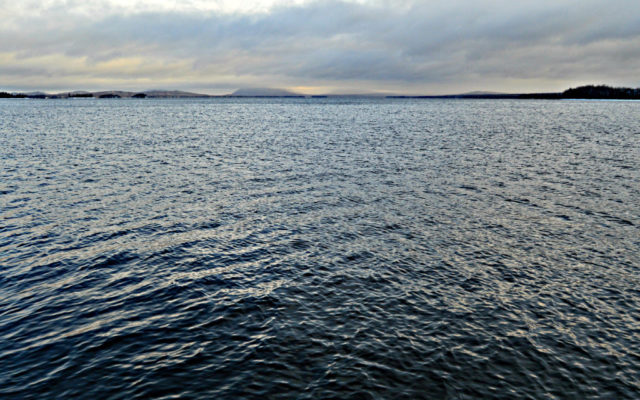
As water levels drop, brook fishing will pick up
Looking for likely places to fish for brook trout along a wooded stream is among Maine’s most honored and simple outdoor pleasures.
For generations, anglers in the know have shared their opinion on when, exactly, the fishing on those streams will be most productive. Among the cliche tips: The fishing will be good when the alder leaves get as big as a mouse’s ear.
Aroostook County will be the last part of Maine to enjoy peak brook-fishing season, but northern Maine has plenty of spots to choose from.
Frank Frost, the Maine Department of Inland Fisheries and Wildlife’s regional fisheries biologist for Region G out of Ashland, offered a few tips for anglers. Timing, of course, is a big key. And those old-timers who talked about mouse ears? They were right.
“The ‘alder leaves’ guide is a pretty good one and is tied to stream flows dropping and water temperatures increasing and this means that both of those factors have become optimal for trout fishing,” Frost said.
That doesn’t mean that it’s impossible to catch fish when the water is higher and colder, though.
“Prior to that time, baits and lures should be fished near bottom and slow to give sluggish fish the time to be enticed by the presentation,” he said. “This is also a good method even once we get to prime fishing time; trout that are not rising for insects near the surface are usually holding close to bottom looking for easy meals without risking being caught by a predator — being at or near the surface feeding increases the risk of being preyed upon so unless there is a strong hatch of insects, trout will be seeking shelter in deeper water. At this time, lures or baits that are bounced on bottom is very effective.”
And on brooks or lakes, the color of a lure can matter, too.
“Using lures of a dark color, black or brown, bounced on bottom either while drift fishing or casting from a boat or shore is one method that works really well,” Frost said.
Tim Obrey, the regional biologist in Region E, based in Greenville, offered up a few tips that pay off for Moosehead-area anglers.
“It’s true that the best stream fishing comes when the leaves start to pop. It’s usually the middle of May through the first week of June up here,” Obrey said. “It’s when the snow melt is done and the water is just starting to warm up a little. It’s also peak for the black flies.”
And Obrey said fishing simple rigs will often pay off.
“A worm with a split shot is hard to beat. Sometimes I throw on a little spinner with red beads,” he said. “The biggest trout are usually in the biggest pools and they tend to be the first to hit a bait. So, after you catch a few fish from one pool you can keep moving to the next.”
Kevin Dunham, the regional biologist for Region F in Enfield, said last week that the rivers and streams in his area were still high, but were beginning to recede to a fishable level.
“Smaller brooks are beginning to attract some fishing attention and small Mepps spinners (or similar) in copper or silver color with white or brown hair are popular,” Dunham said. “In Region F, small brooks in the Corinth/Kenduskeag/Bradford area are good bets in early spring; especially tributaries of the Kenduskeag Stream or Pushaw Stream.”